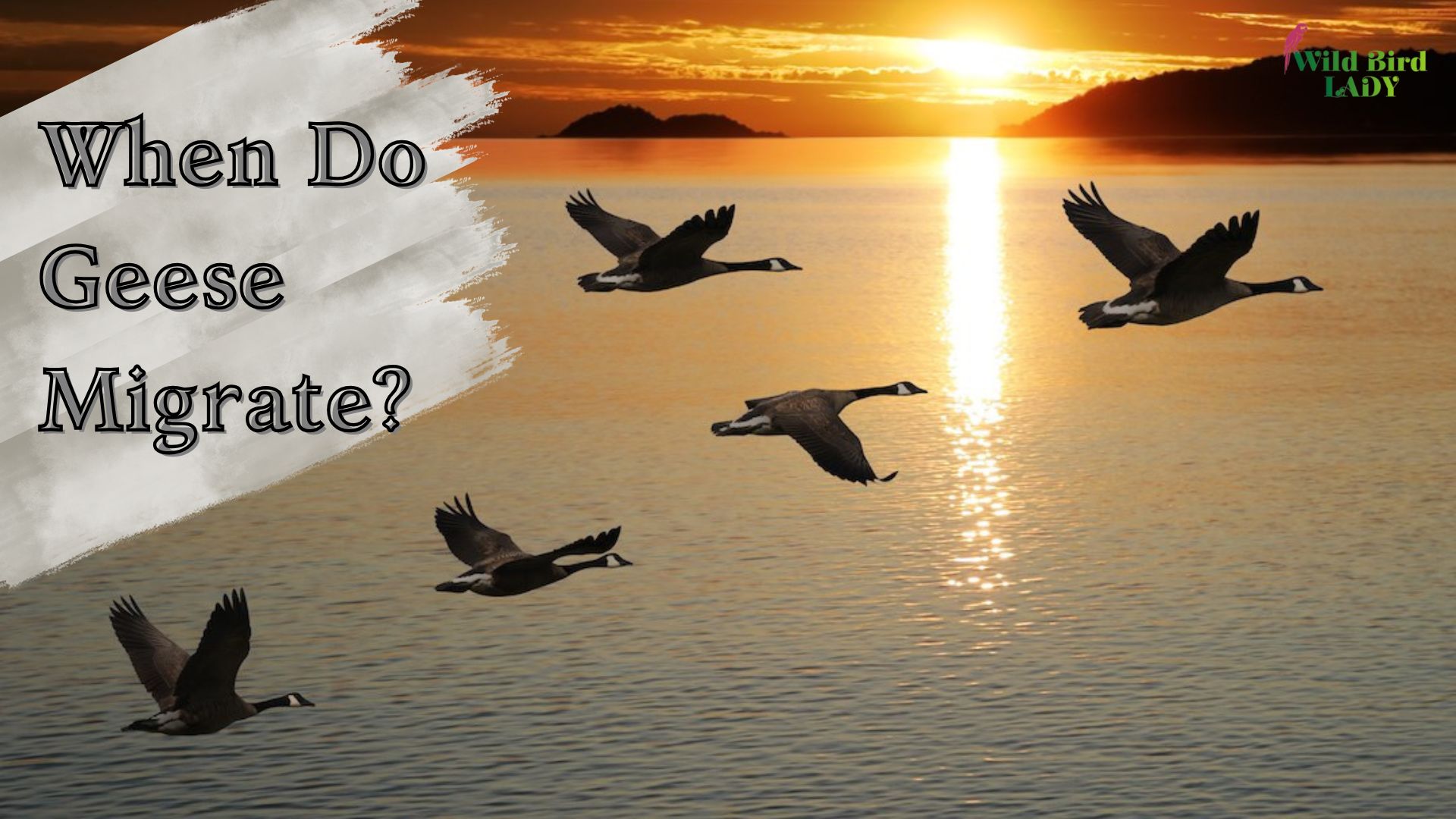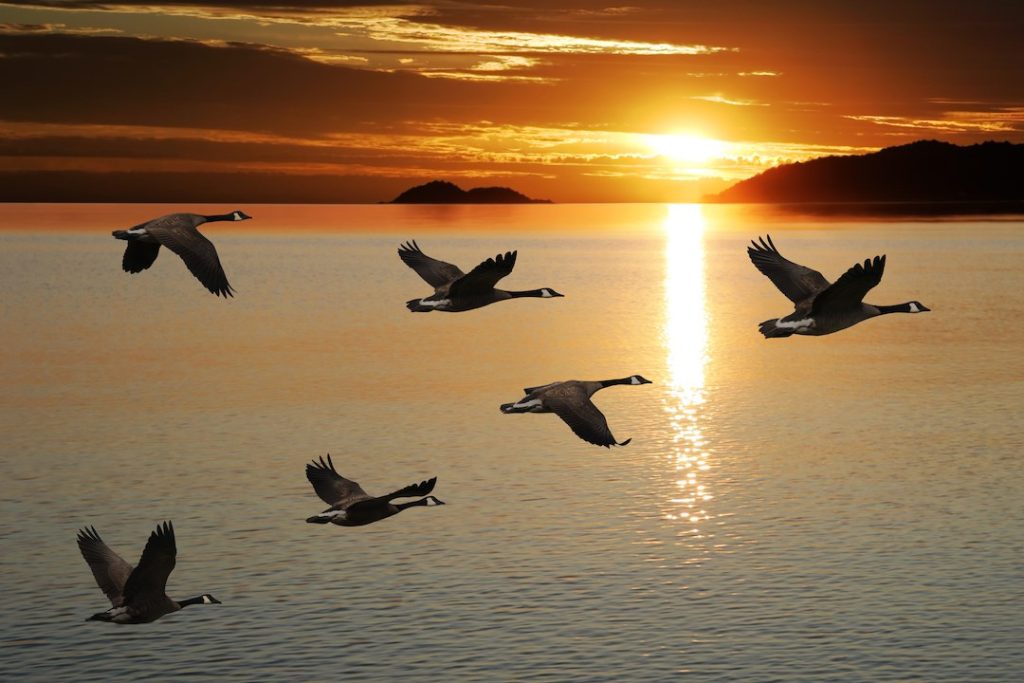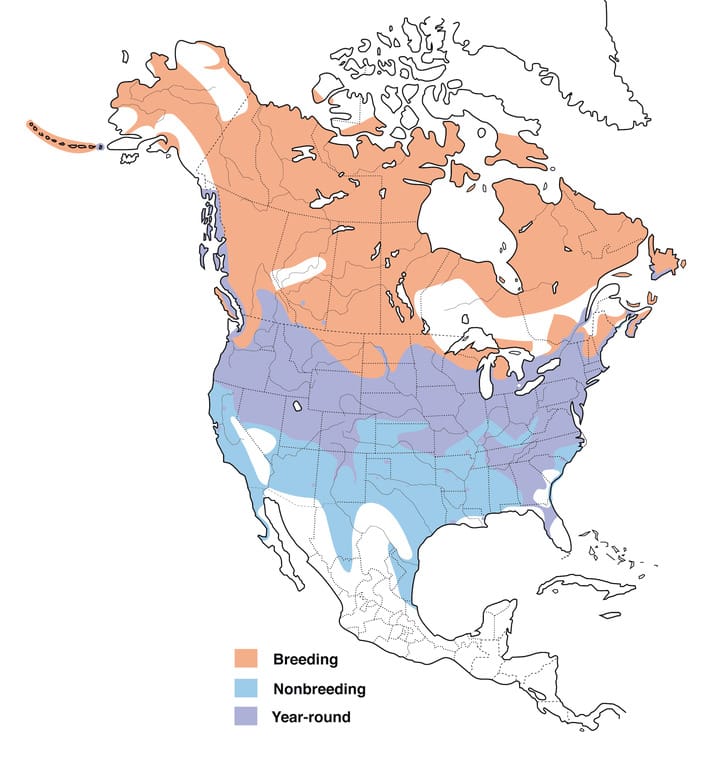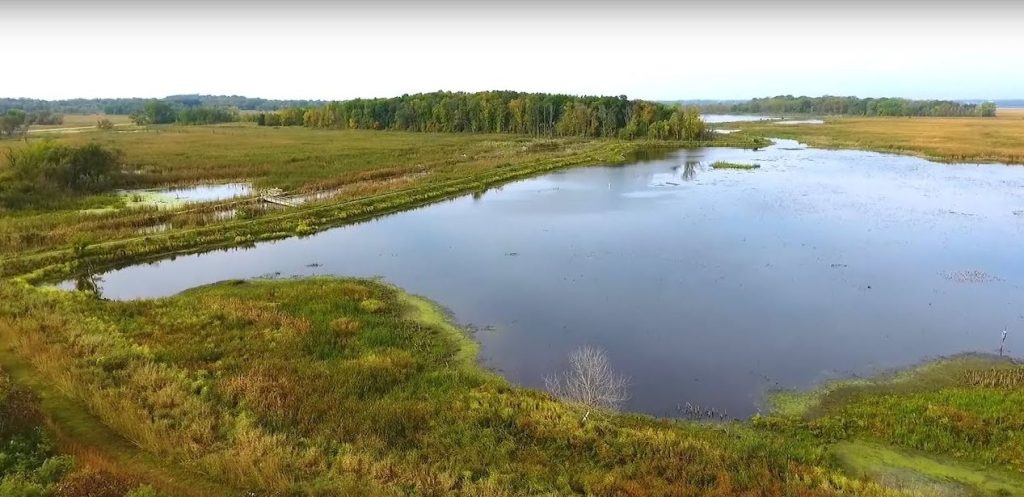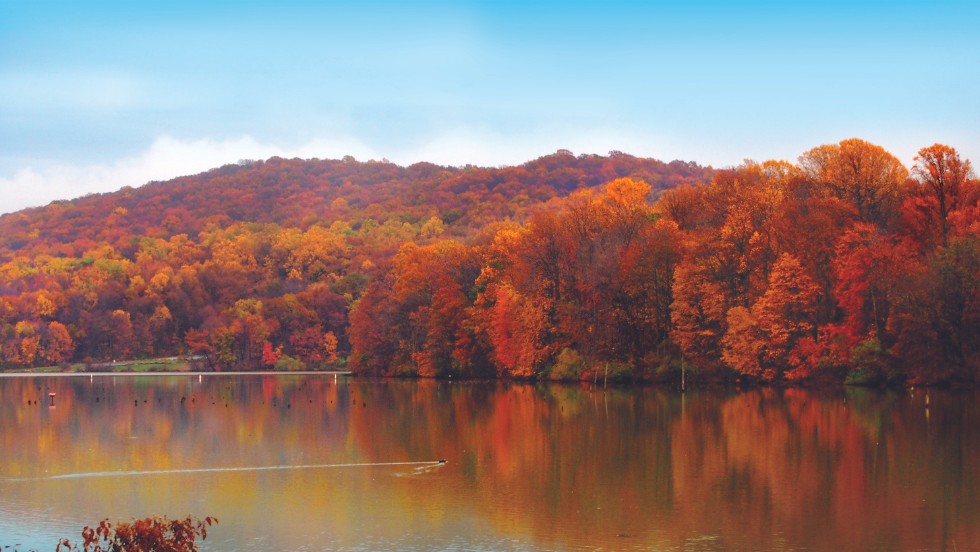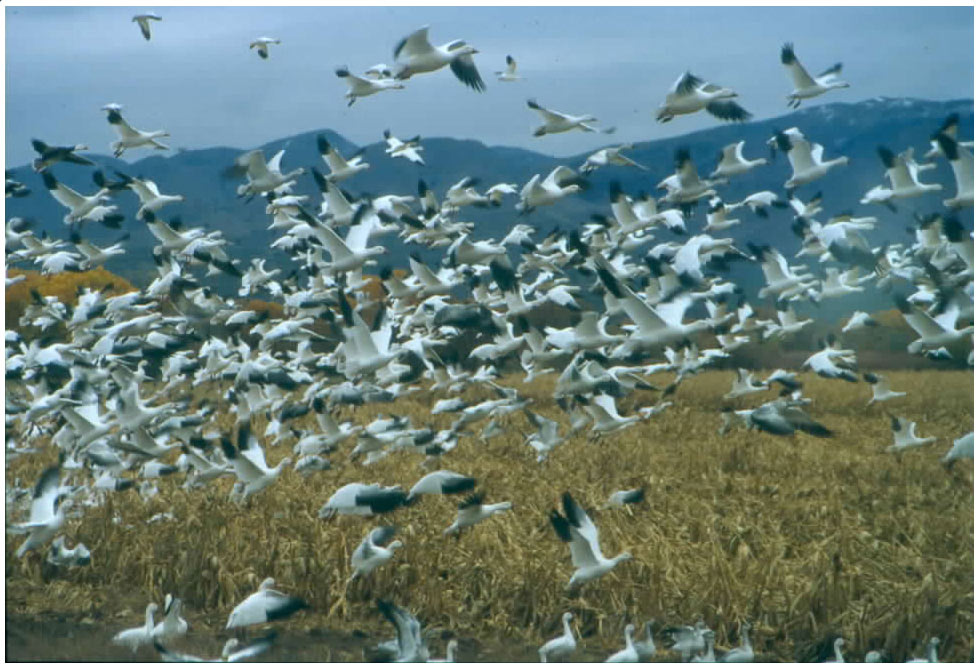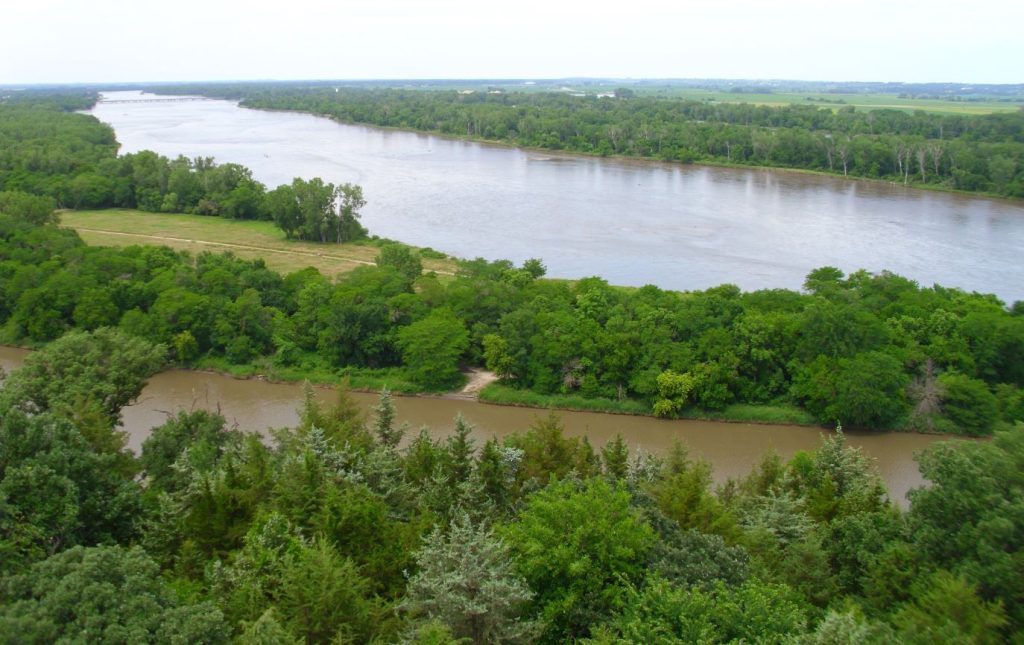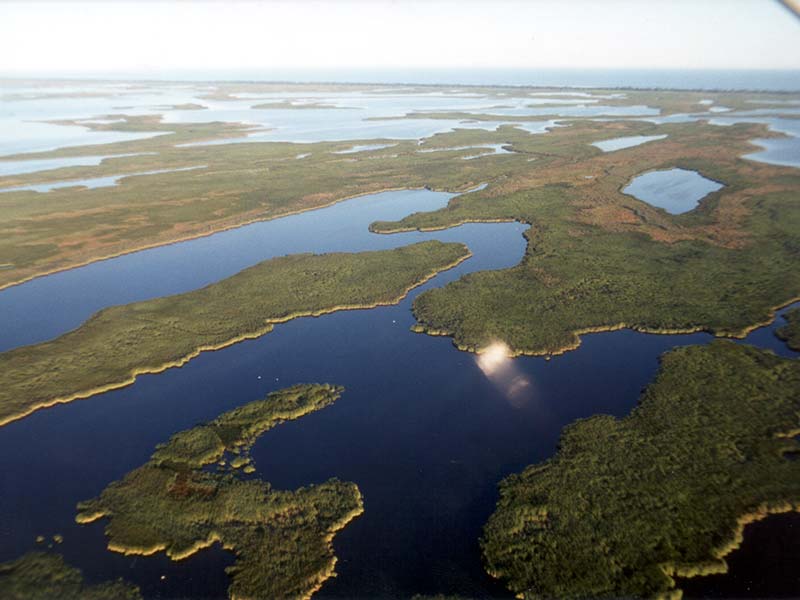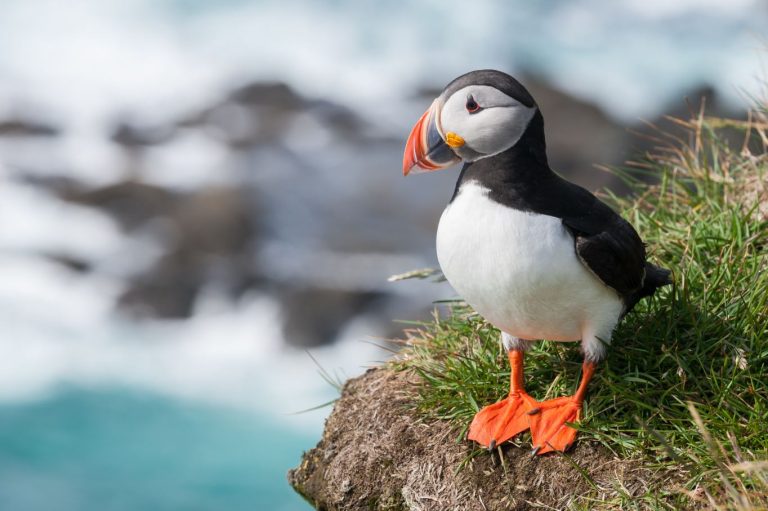When Do Geese Migrate? The Best Times to Watch Their Spectacular Journey
By Rifat Ahmed — Birdwatching Expert with 13+ Years of Experience
Each year, I look forward to one of nature’s most awe-inspiring spectacles: the migration of geese. With over a decade of birdwatching behind me, I’ve learned that witnessing these magnificent birds on the move is not just about being in the right place — it’s about being there at the right time.
So, when do geese migrate? The short answer is: it depends on the species, geography, and weather. But the long answer is far more fascinating — and if you’re hoping to catch a V-formation soaring across the sky, or thousands of honking geese landing in a field at dusk, timing is everything.
Let me take you on a deep dive into the seasonal migration patterns of geese — when they travel, why they move, and the best places to witness this breathtaking journey.
What Triggers Goose Migration?
Migration in geese is primarily triggered by three key factors:
1. Photoperiod (Daylight Length)
Geese are highly sensitive to changes in daylight. As days shorten in late summer and fall, their biological clocks tell them it’s time to move south. This instinctual trigger is remarkably consistent year after year.
2. Temperature and Weather Patterns
Sudden cold snaps and snowstorms can accelerate migration, especially in northern latitudes. While geese don’t necessarily wait for freezing conditions, they do respond to shifting jet streams and fronts that make travel more efficient.
3. Food Availability
Geese rely on open fields, marshes, and wetlands for foraging. As vegetation dies back and water sources begin to freeze, these birds follow the food — often traveling thousands of miles to find accessible feeding grounds.
When Do Geese Migrate in Fall?
Primary Fall Migration Period: September to November
In North America, most goose species begin their southbound migration between late September and early November. Here’s a closer look at the timeline:
- Canada Geese (Branta canadensis): Begin migration from mid-September to early November, depending on latitude.
- Snow Geese (Anser caerulescens): Typically migrate in October and November, though some flocks may begin earlier.
- Greater White-Fronted Geese (Anser albifrons): Migrate slightly earlier than Snow Geese, with major movements in late September and October.
Regional Timing Breakdown:
| Region | First Signs of Migration |
|---|---|
| Northern Canada & Alaska | Late August to mid-September |
| Midwest U.S. | Late September to October |
| Southern U.S. | October to November |
Pro Tip: Cold fronts often spark mass movements of geese. A sharp drop in temperature overnight can push thousands of birds south in a single day — perfect timing for birdwatchers.
When Do Geese Migrate in Spring?
Primary Spring Migration Period: February to April
Geese begin returning to their breeding grounds as soon as winter begins to release its grip. The journey north is often more drawn-out, giving geese time to refuel and rest along the way.
- Canada Geese: Start moving north in February and continue through April.
- Snow Geese: Migrate slightly later, with peak movements in March and early April.
- Cackling Geese (Branta hutchinsii): Return north in late March through mid-April, depending on the region.
Why Spring Migration is Slower:
Unlike fall, when the goal is to outrun the cold, spring migration is paced to match melting snow and the return of green vegetation. Nesting won’t begin until late spring, so there’s less urgency.
Where Do Geese Migrate?
Geese in North America generally follow one of four major flyways — aerial highways that guide migratory birds from north to south and back again:
1. Atlantic Flyway
- Covers eastern Canada to Florida
- Key species: Canada Geese, Snow Geese
- Best viewing: Delaware Bay, Chesapeake Bay, eastern shorelines
2. Mississippi Flyway
- Runs from central Canada to the Gulf of Mexico
- Heavily trafficked route for Canada and White-Fronted Geese
- Best viewing: Illinois River Valley, Arkansas Delta
3. Central Flyway
- Spans Alberta through the Great Plains to Texas
- Snow Geese dominate this corridor in vast flocks
- Best viewing: Platte River (Nebraska), Quivira NWR (Kansas)
4. Pacific Flyway
- Western migration route from Alaska to Mexico
- Includes Cackling, Canada, and Aleutian Geese
- Best viewing: Sacramento Valley, Skagit Flats (Washington)
The Best Times and Places to Watch Geese Migrate
As someone who’s spent over 13 years in the field with binoculars in hand, I can tell you: there’s something truly soul-stirring about seeing geese in migration. The sudden hush before the honking begins, the synchronized rhythm of wings beating overhead, and that iconic V-formation cutting across the sky — it’s the kind of moment that makes you stop and stare.
But to witness this spectacle at its peak, you need to be in the right place at the right time. Below are some of the best fall and spring migration hotspots across North America where I’ve personally watched — and marveled at — the great goose migration.
Top Fall Migration Hotspots
Horicon Marsh, Wisconsin (October–November)
Nestled in southeastern Wisconsin, Horicon Marsh is a National Wildlife Refuge and a crown jewel of the Mississippi Flyway. In peak fall, it becomes a staging area for over 200,000 Canada Geese. From observation decks and boardwalks, you can catch wave after wave of geese lifting off at sunrise — a thunderous, unforgettable sight. I recommend visiting in late October, when flocks are at their most concentrated. Bring a thermos and dress warmly — the chill in the air only adds to the magic.
Middle Creek Wildlife Management Area, Pennsylvania (Late February–Early March)
Though technically a spring transition site, Middle Creek WMA starts seeing massive Snow Goose arrivals as early as February. Located in Lancaster and Lebanon counties, this 6,000-acre preserve hosts 100,000+ Snow Geese in a single season. The early morning fly-outs and evening returns to the lake are spectacular. The honking fills the valley, and the sky turns white with wings — it’s truly like watching a living snowstorm.
Bosque del Apache National Wildlife Refuge, New Mexico (November–December)
Tucked along the Rio Grande in southern New Mexico, Bosque del Apache is a desert oasis and a favorite for birders. While best known for Sandhill Cranes, this refuge also attracts tens of thousands of Snow and Ross’s Geese in fall. The golden light of sunrise reflecting off the water, coupled with the soft roar of takeoff, creates a photographer’s dream. Try to time your visit with the Festival of the Cranes in mid-November for peak bird numbers and expert-led tours.
Top Spring Migration Hotspots
Platte River, Nebraska (March)
The Platte River Valley in central Nebraska is one of the most iconic bird migration sites in North America. While Sandhill Cranes dominate the headlines, hundreds of thousands of geese — including Canada, Greater White-fronted, and Snow Geese — stop here to rest and refuel during their journey north. Visit during early to mid-March, when both cranes and geese are at their peak. Early morning blinds and evening roost sites along the riverbanks offer exceptional viewing.
Skagit Valley, Washington (February–March)
Located just an hour north of Seattle, the Skagit Valley is a lush, agricultural plain that attracts huge flocks of Snow, Canada, and Cackling Geese. I love watching them feed in open fields and flying low against the backdrop of snow-covered mountains. The valley is also home to the Skagit Valley Bird Festival (aka the “Wings Over Water” festival), usually held in March, making it a great time for beginners and pros alike to explore this spring spectacle.
Delta Marsh, Manitoba (April)
In the heart of the Prairie Pothole Region, Delta Marsh sits on the southern edge of Lake Manitoba. This vast wetland complex is a crucial rest stop for geese returning to northern breeding grounds. By April, the marsh teems with Greater White-fronted Geese, Canada Geese, and Snow Geese, creating one of the last major staging events before Arctic-bound birds make their final push. You’ll hear their calls echoing across open water and see large flocks swirling over golden cattails at sunset.
Bonus Tip: Local Parks and Lakes
You don’t always need to travel to a national refuge to see migrating geese. Urban parks, reservoirs, and agricultural fields often serve as temporary stopovers. During peak migration weeks, even a walk around your local lake might surprise you with honking flocks resting or feeding nearby — especially in the early morning or just before dusk.
Whether you’re a seasoned birder or just someone who enjoys nature’s seasonal rhythms, these migration hotspots are worth adding to your travel list. For me, these journeys have become annual pilgrimages — quiet reminders of how deeply connected life is across landscapes, borders, and time.
If you’ve never seen it, make this the year you do. And if you have? You know why we keep coming back.
How Far Do Geese Migrate?
Depending on the species and origin, geese may fly anywhere from a few hundred to several thousand miles:
- Canada Geese: Some populations are now largely sedentary, but migratory ones may travel 2,000–3,000 miles.
- Snow Geese: Breed in the Arctic and winter in Mexico or the U.S. Gulf Coast — a journey of up to 5,000 miles.
- Cackling Geese: Migrate from Alaska to Texas — covering over 4,000 miles in some cases.
How Do Geese Navigate Such Long Distances?
Geese are incredible navigators. They use:
- The sun and stars for directional guidance.
- Earth’s magnetic field detected through iron-rich cells in their beaks.
- Landmarks like coastlines and mountain ranges.
- Social memory, with experienced birds leading younger ones.
According to researchers at the Cornell Lab of Ornithology, migratory birds like geese exhibit “remarkable fidelity to specific routes and stopover sites,” returning to the same locations year after year.
Why Do Geese Migrate in V-Formations?
That iconic V-shaped flight pattern isn’t just for show — it’s aerodynamically brilliant.
- Each goose benefits from lift generated by the bird ahead.
- They rotate leadership, allowing fatigued geese to rest.
- This method can extend their flight range by up to 70%, according to National Geographic.
Plus, geese maintain constant vocal communication, adjusting spacing and pace as a cohesive group.
Climate Change and Goose Migration
As temperatures rise globally, scientists have observed notable shifts in goose behavior:
- Shorter migration distances: Many Canada Geese now overwinter in urban areas instead of migrating south.
- Earlier spring migrations: Warmer winters are prompting geese to head north weeks earlier than they did 50 years ago.
- Increased overwintering in cities: Parks, golf courses, and greenbelts provide year-round food and water.
A 2023 study published in Global Change Biology noted that “geese are adapting rapidly to urbanization and warming trends, altering traditional migration timing and stopovers.”
Tips for Watching Goose Migration
If you’re planning to witness the next goose migration, here are some tips from my years in the field:
✅ Check local birding reports on platforms like eBird.org to track real-time movements
✅ Arrive early morning or sunset for peak activity
✅ Use binoculars or a spotting scope for distant flocks
✅ Dress for the weather, especially during fall migration
✅ Be patient and quiet — large flocks can be easily startled
Final Thoughts
So, when do geese migrate? The answer varies, but one thing is constant: every fall and spring, geese undertake an epic journey that connects continents, ecosystems, and generations.
From a birder’s perspective, there’s nothing quite like it. The sky becomes a living map, the air alive with honks, and each passing flock reminds us that nature still moves to ancient rhythms.
If you’ve never seen a mass goose migration, this year is your chance. Grab your binoculars, head to a flyway hotspot, and witness one of the greatest shows on Earth.
Read also: Baby Geese 101: What They Look Like, Eat, and How to Help Them Thrive
Frequently Asked Questions
Q: Do all geese migrate?
Not all. Some Canada Geese have adapted to urban life and stay put year-round, especially in parks and golf courses.
Q: How fast do geese fly during migration?
Geese can fly up to 40–60 mph with tailwinds and typically cover 200–500 miles per day.
Q: How high do migrating geese fly?
Most geese fly at 2,000–3,000 feet, but some species have been recorded flying over 20,000 feet!
Q: What is the best time of day to see geese migrating?
Early morning and just before sunset are best. That’s when geese are most active in flight and feeding.

